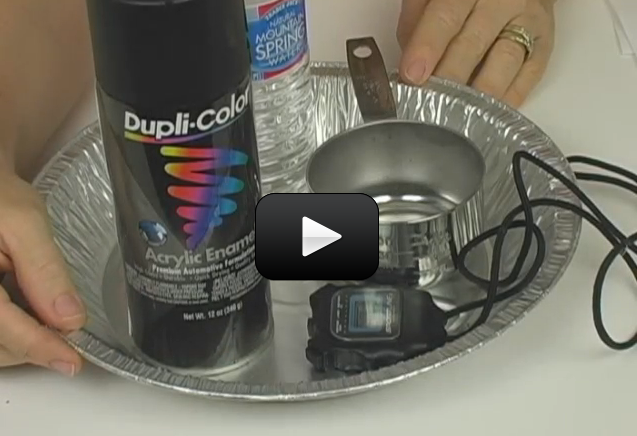Without the sun, there would be no life on Earth. The sun warms the earth, generates wind, and carries water into the air to produce rain and snow. The energy of the sun provides sunlight for all the plant life on our planet, and through plants provides energy for all animals.
The sun is like a giant furnace in which hydrogen nuclei (atoms without electrons) are constantly smashed together to form helium nuclei. This process is called nuclear fusion. In this process, 3.6 billion kilograms (8 billion pounds) of matter are converted to pure energy every second. The temperature in the sun exceeds 15 million degrees.
Nuclear fusion is one kind of energy. Other forms of energy include: mechanical energy, heat, electrical energy, chemical energy, and light. Mechanical energy is the energy of organized motion, such as a turning wheel. Heat is the energy of random motion, such as a cup of hot water. Electrical energy is the energy of moving charged particles or electrons, such as a current in a wire. Chemical energy is the energy stored in bonds that hold atoms together. Light is any form of electromagnetic waves, such as X rays, microwaves, radio waves, ultraviolet light, or visible light.
Energy can be converted from one from to another. For example, the nuclear energy of the sun is converted to light, which goes through space to the earth. Solar collectors of mirrors can be used to focus some of that light to heat water to steam. This steam can be used to turn a turbine, which can power a generator to produce electricity.
Most of our energy needs are met by burning fossil fuels such as coal, oil, gasoline, and natural gas. The chemical energy stored in these substances is released by burning these fuels. When fossil fuels burn, they combine with oxygen in the air and produce heat and light.
Fossil fuels are not renewable. When they are used up, they are gone forever. However, renewable energy sources such as wind, sun, geothermal, biomass and water power are renewable. They can be used over and over to generate the energy to run our society.
Tremendous amounts of renewable energy are available. For example, the solar energy that falls on just the road surfaces in the United States is equal to the entire energy needs of the country. Although there are sufficient amounts of renewable energy, we must improve our methods of collecting, concentrating, and converting renewable energy into useful forms.
In the following experiments, you will learn something about the amount of energy the sun produces at the earth’s surface and how heat energy can be stored.
Please login or register to read the rest of this content.


I’ll have Tonya connect with you personally – it sounds like something is wrong with your account. Sorry for the trouble – we’ll get it fixed!
Hi, we seem to be having the same problem. I can see lots of experiments, but no actual “lesson.” Can you please assist?
I’ll have my team connect with you right away.
Hello,
It appears we’re having the same issue as previous commenters and are unable to access the video/lesson (message: “Sorry, but it looks like you don`t have access to the rest of this content.”). I sent an email yesterday, but haven’t received a response.
Thanks,
Chris
I’ll have my team connect with you right away.
Hi,
I am having the same frustration…every unit tells me I don’t have access.We are doing a unit on ideas that could save energy and thus the environment…your video cast on Basic alternative energy would really fit in. Can we have access to it?
I am sorry for the trouble! My team will connect with you right away.
Hello,
We are studying geography and wanted to add the units on the atmosphere to enhance our study and set up a weather station. Everything we click on keeps telling us we don’t have access to this content. I thought when we paid for escience we had access to all the units? Even the part on journaling tells us we don’t have access. Feeling frustrated that I paid all that money and am limited in my access and options. I was advised to let my son pick an topic and go for it. I didn’t realize that we were limited to what topics we could pick.